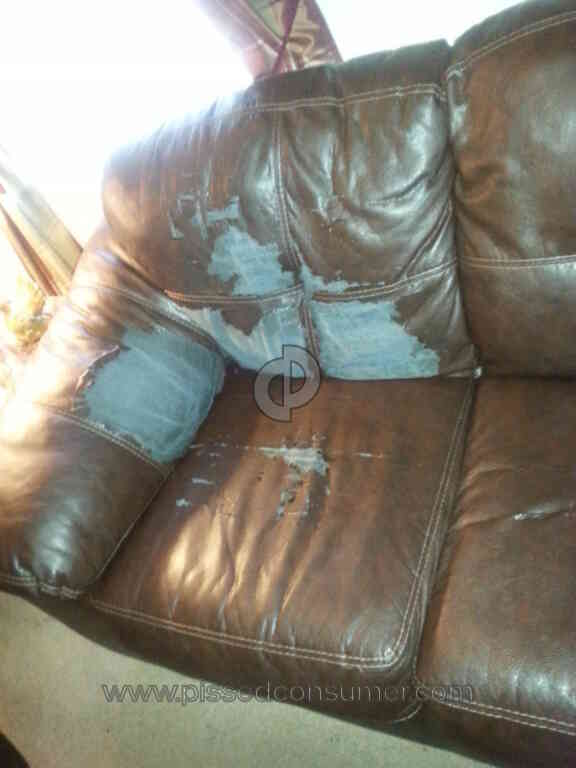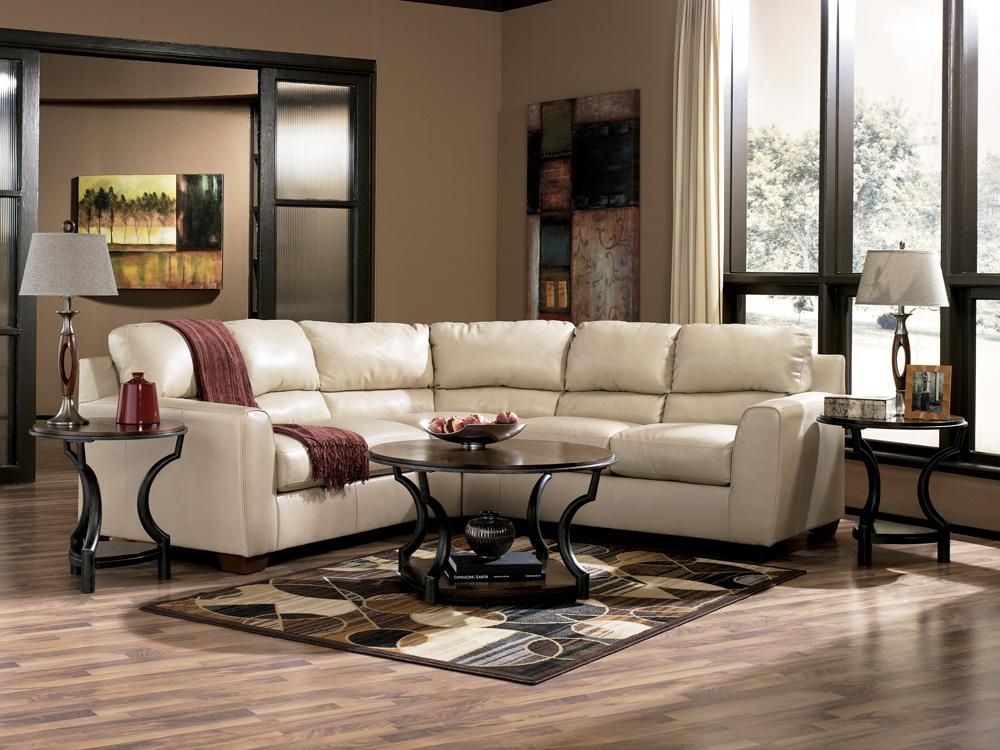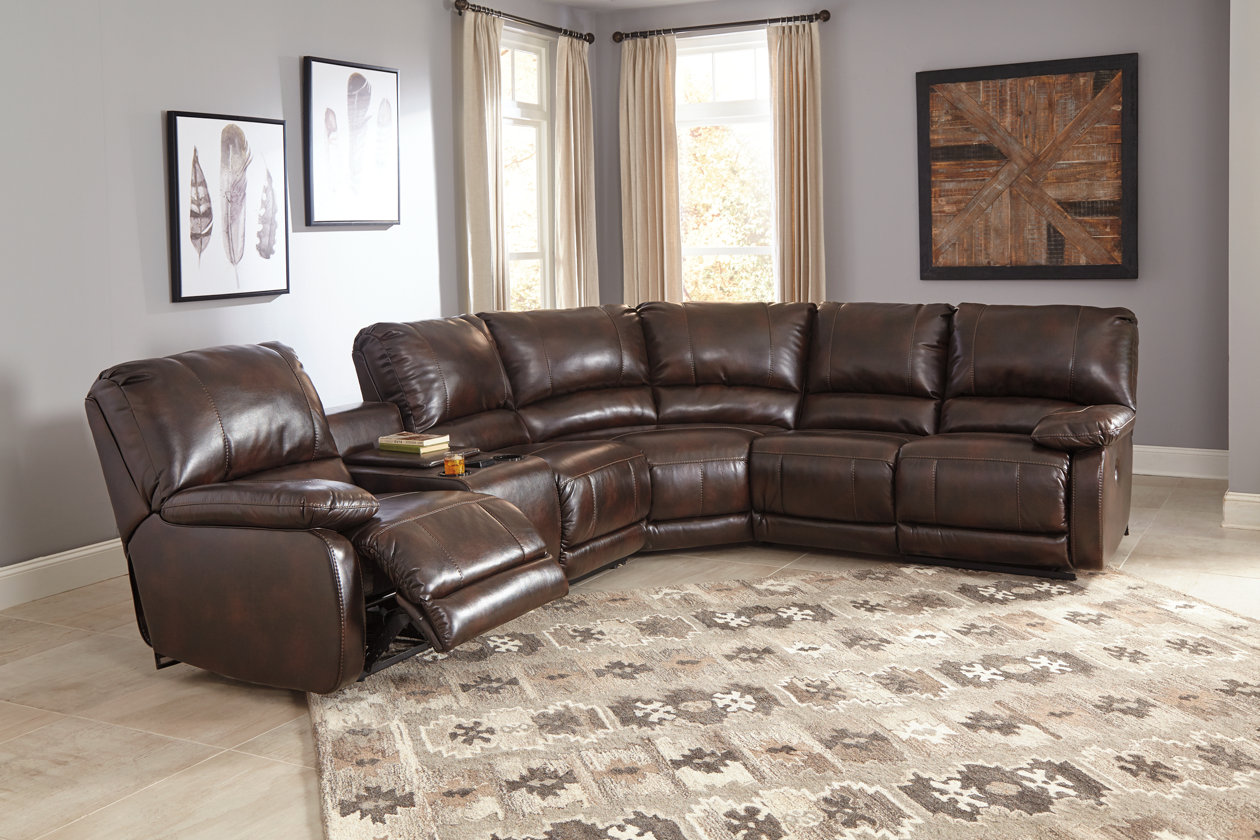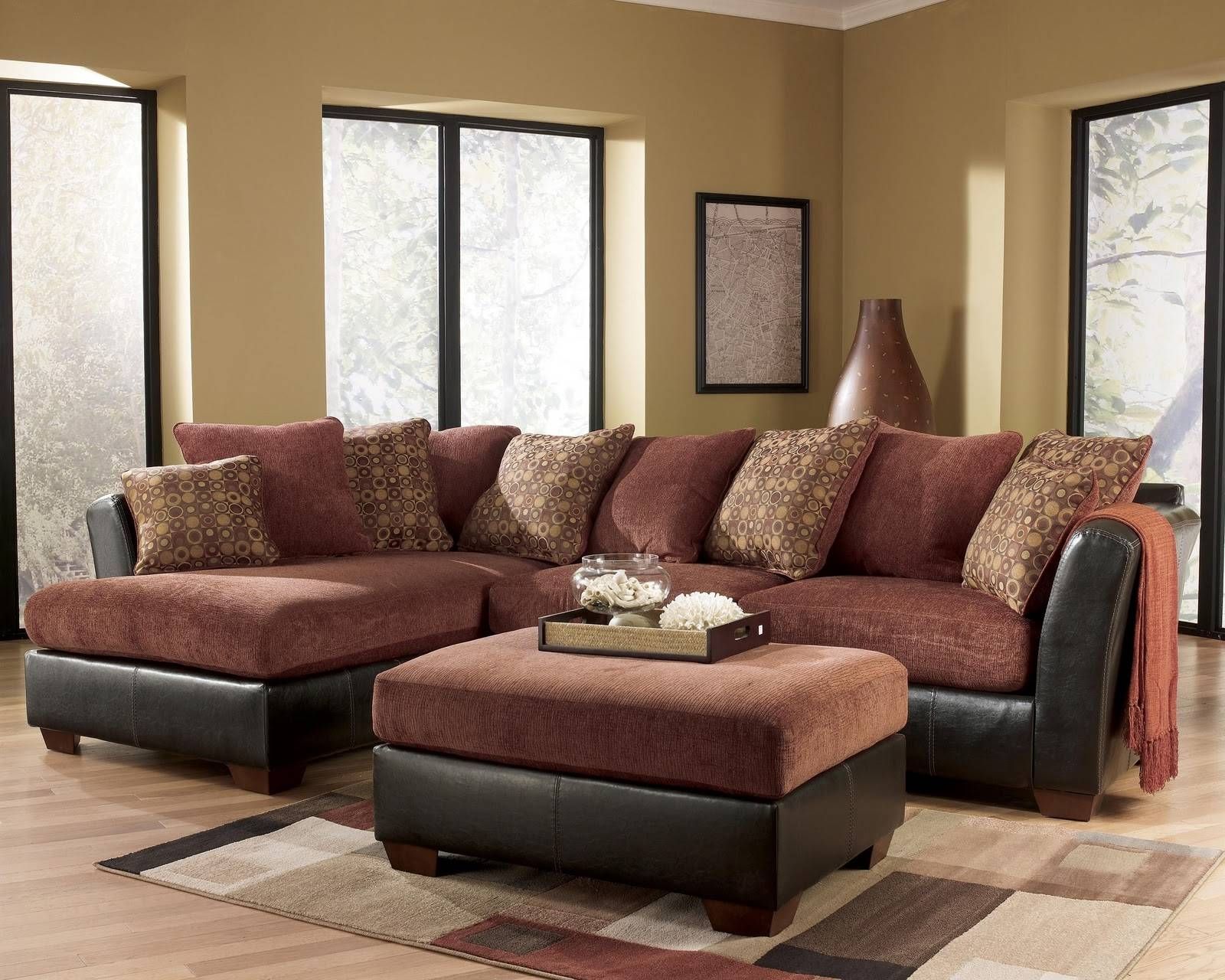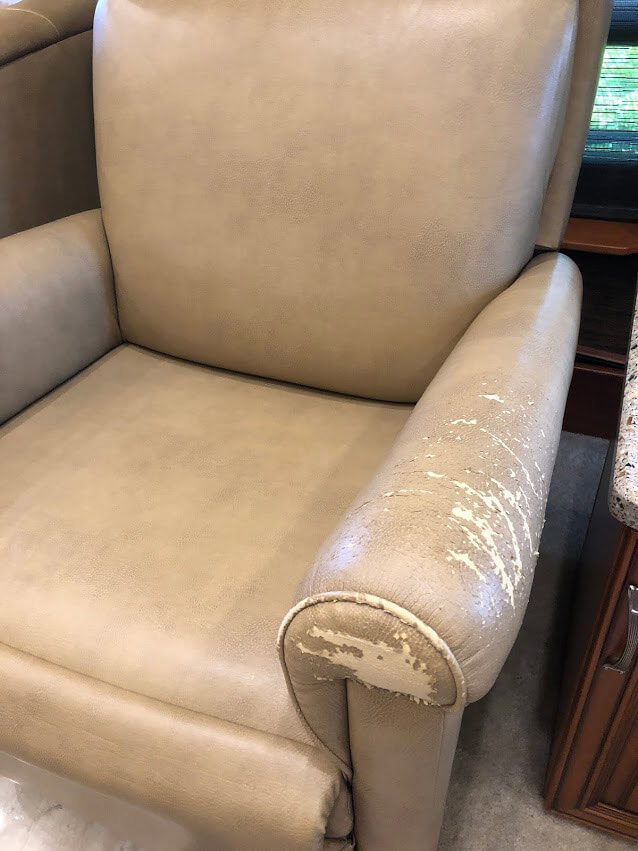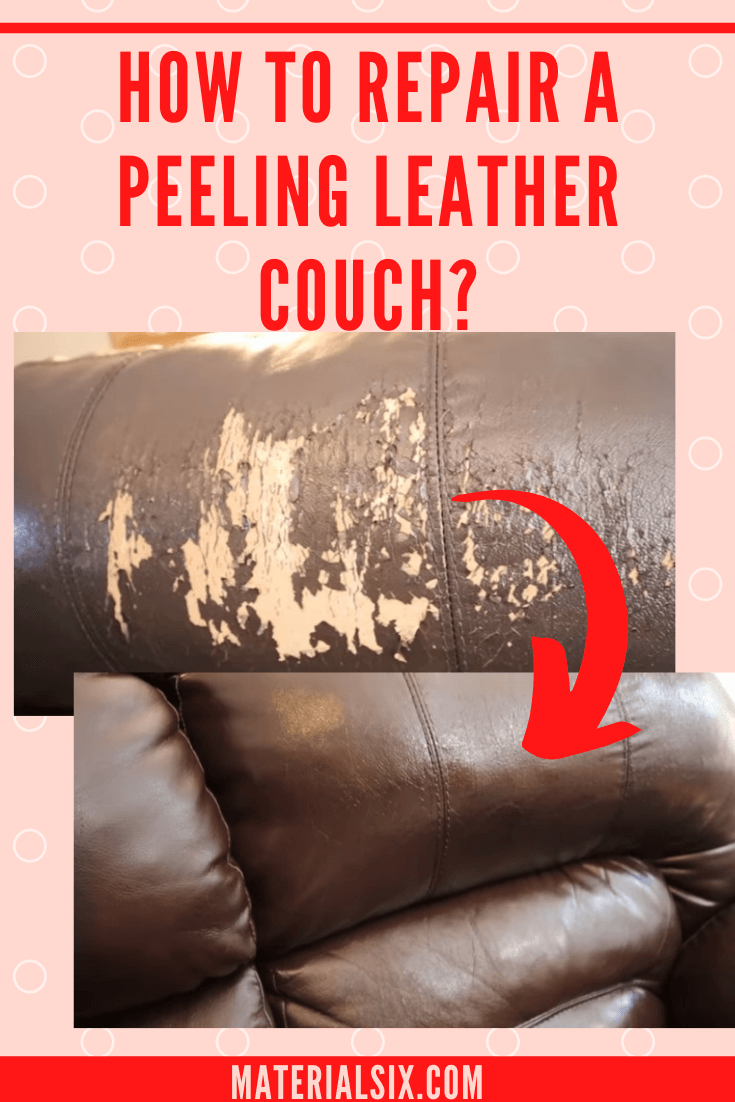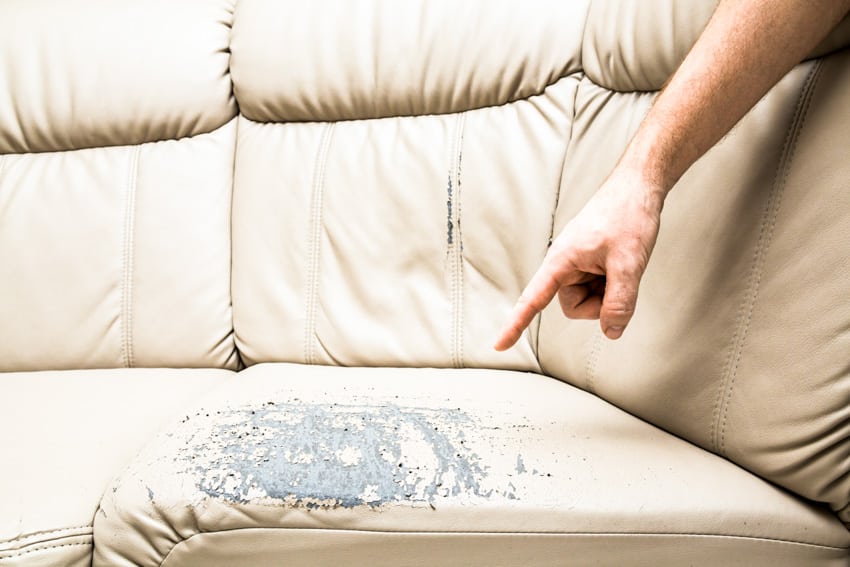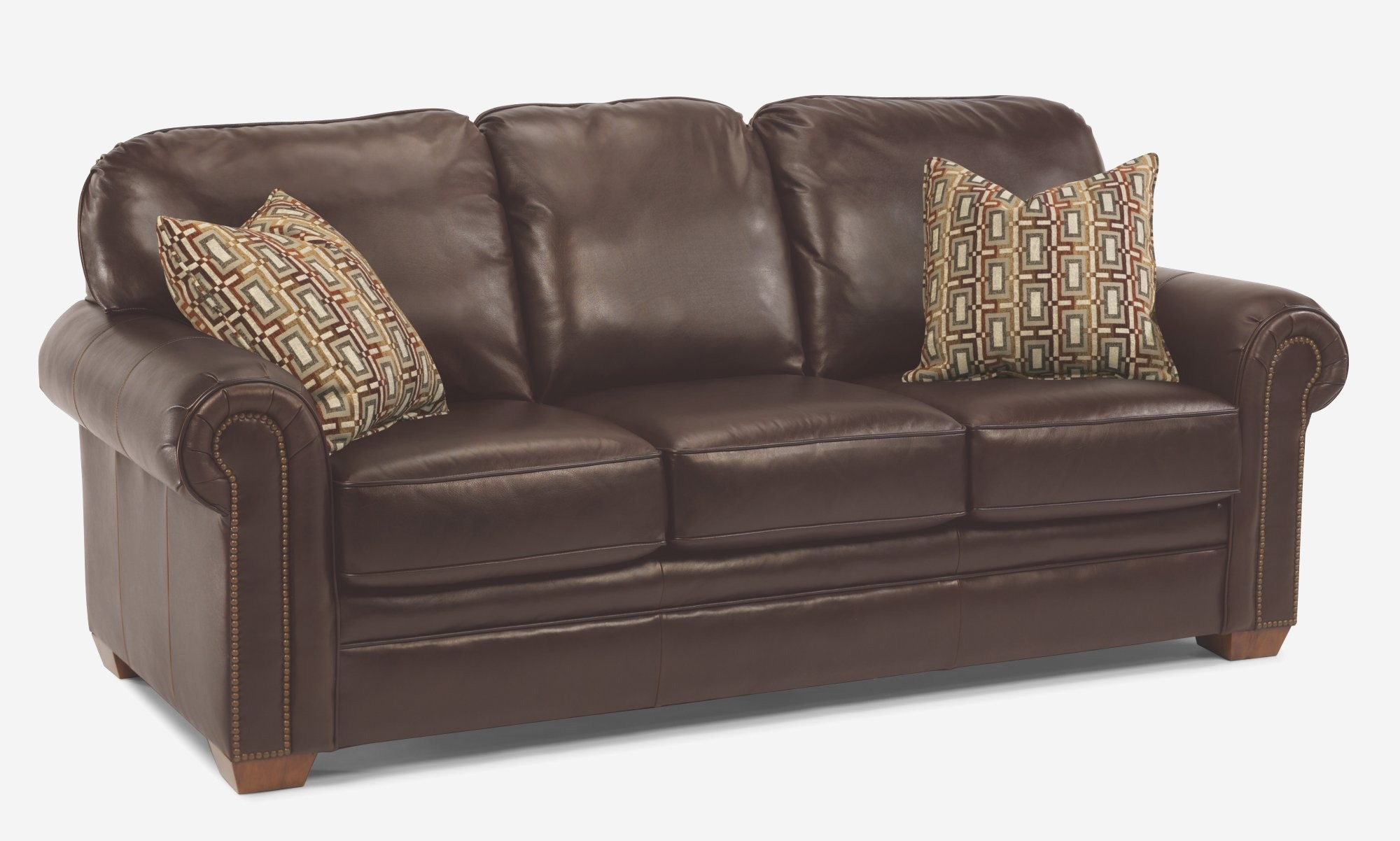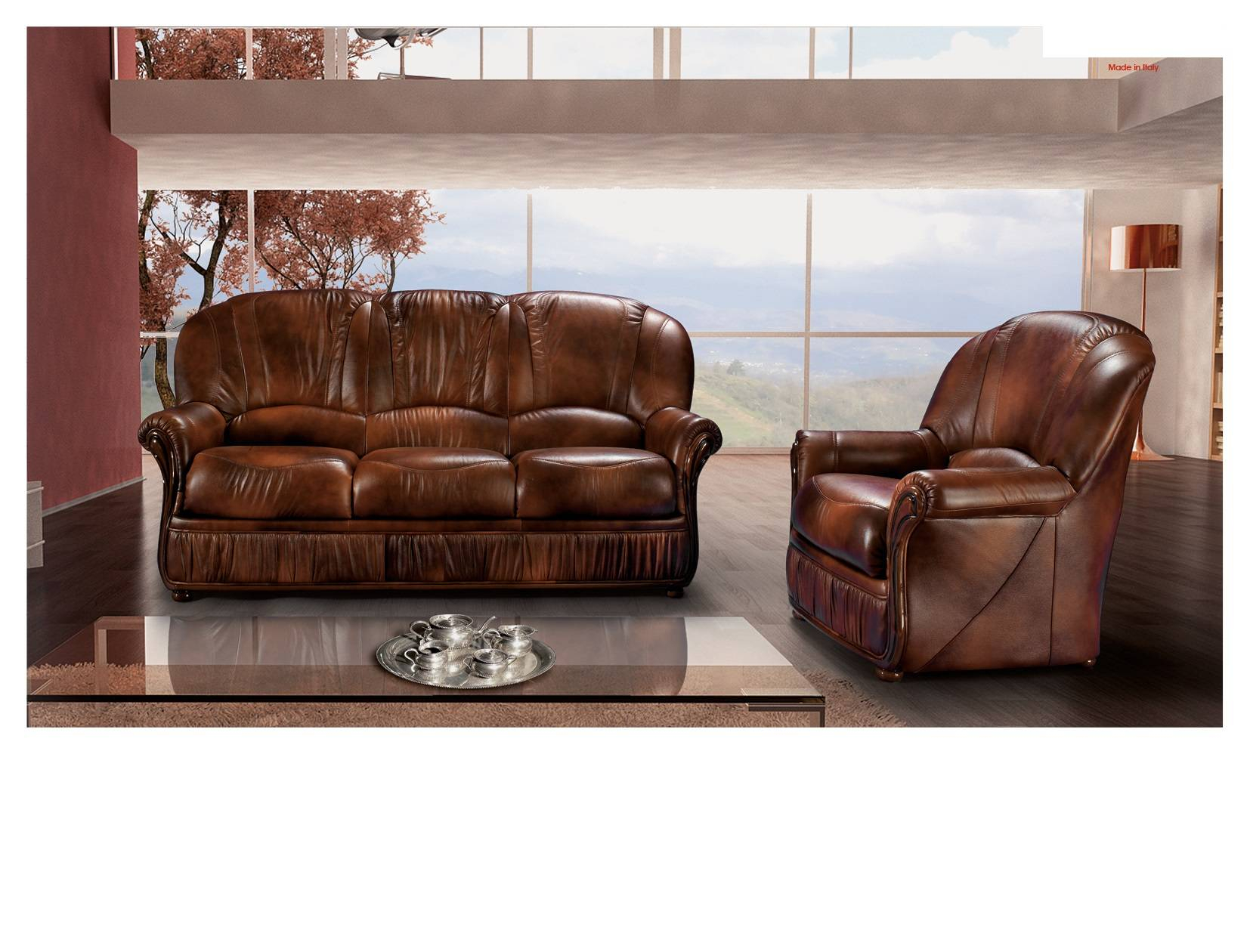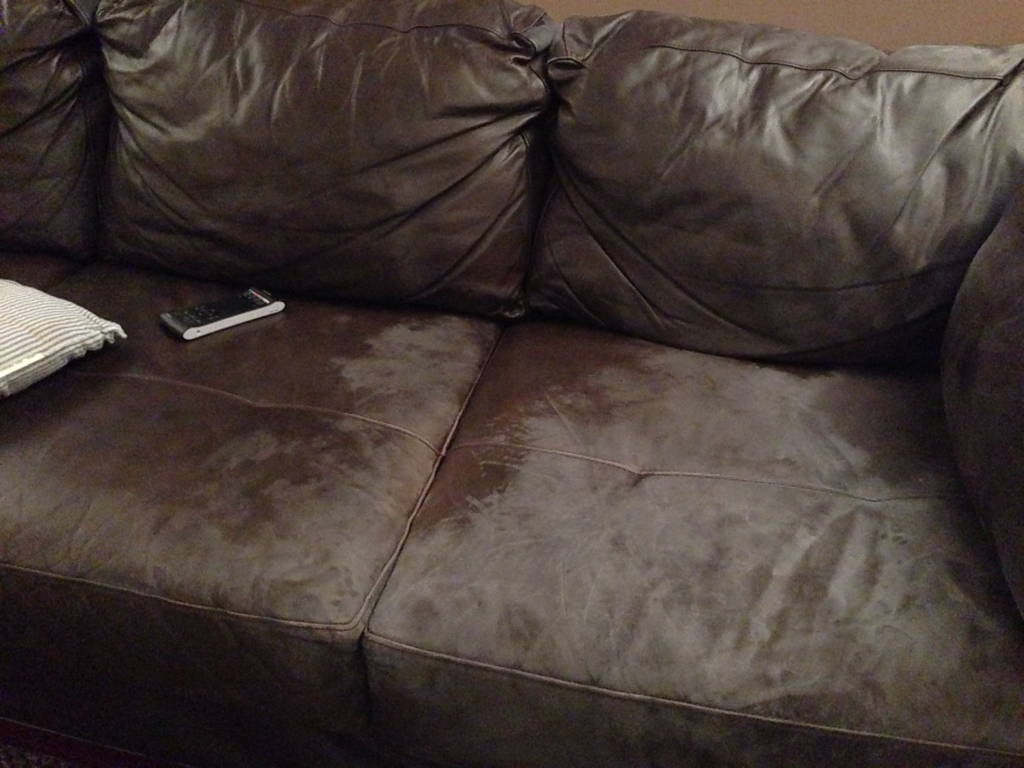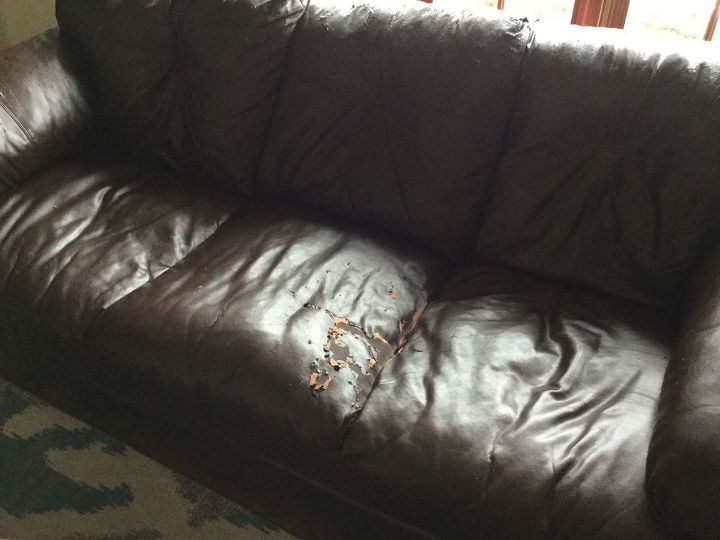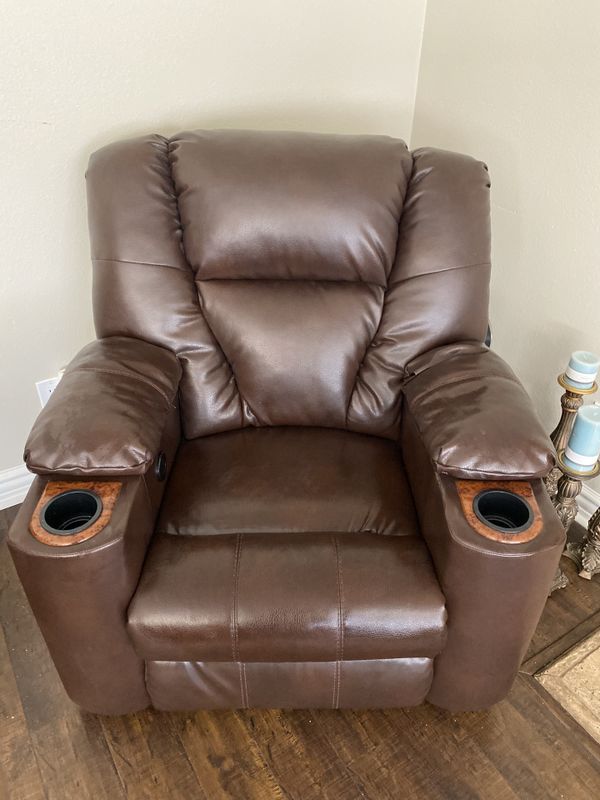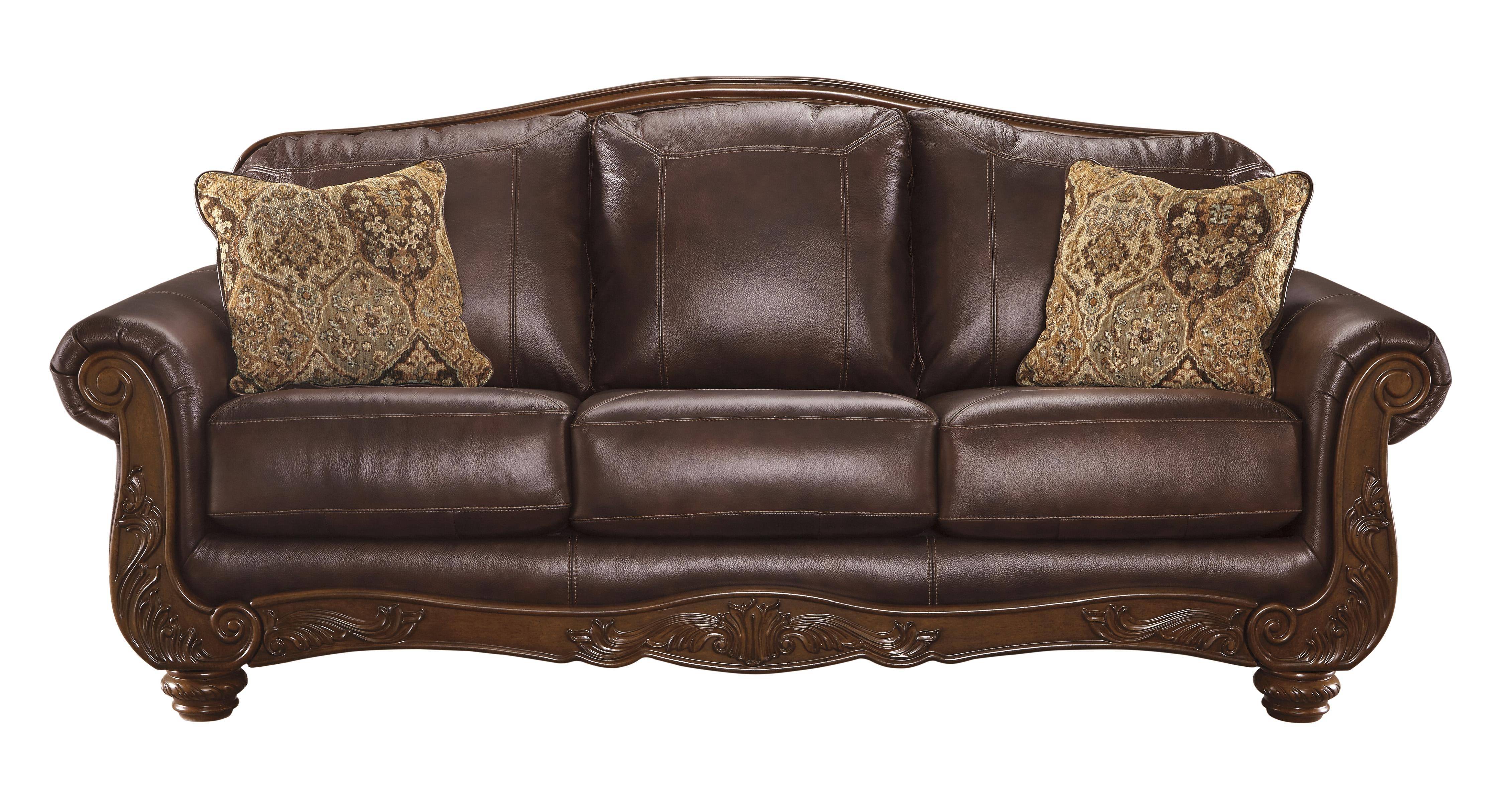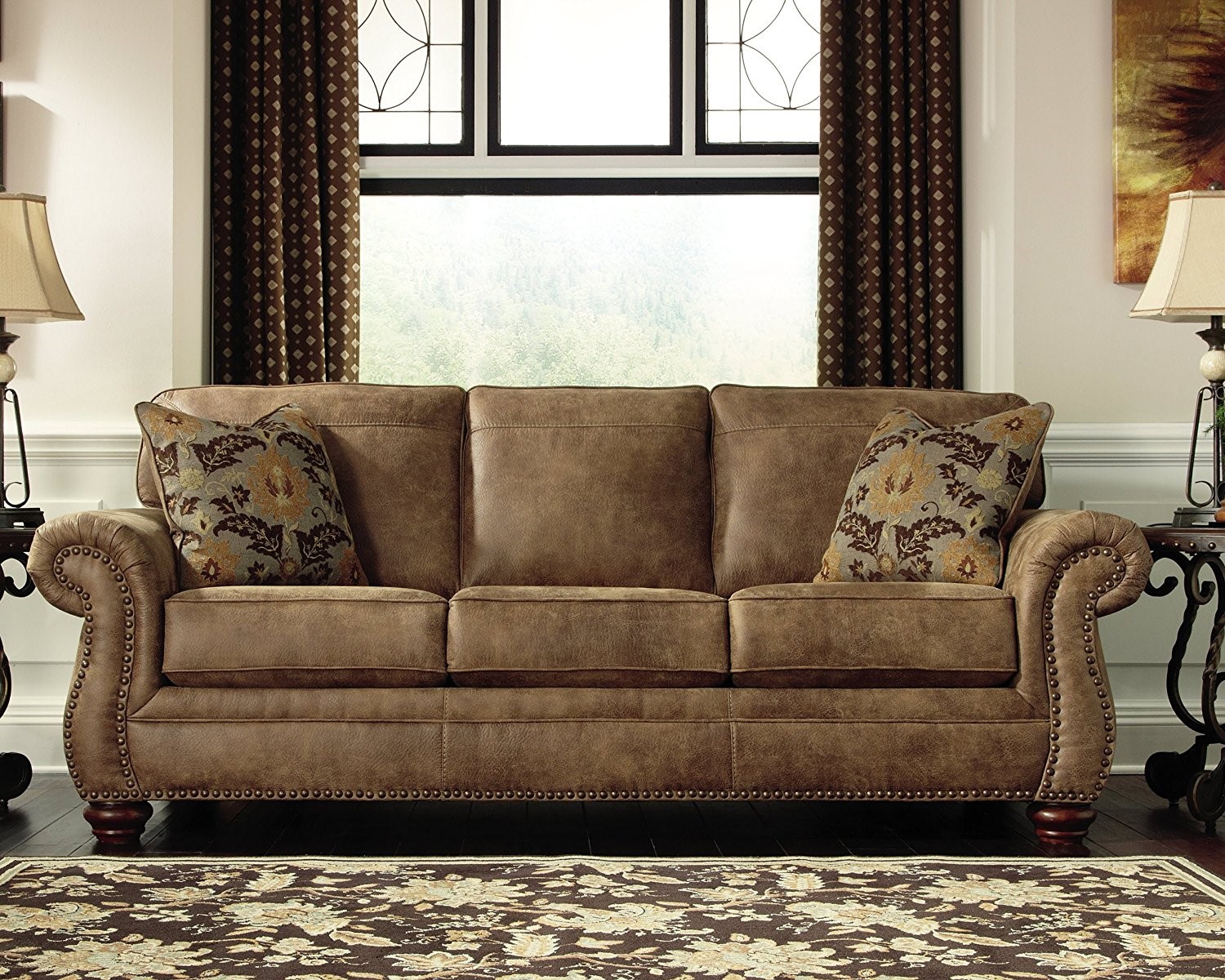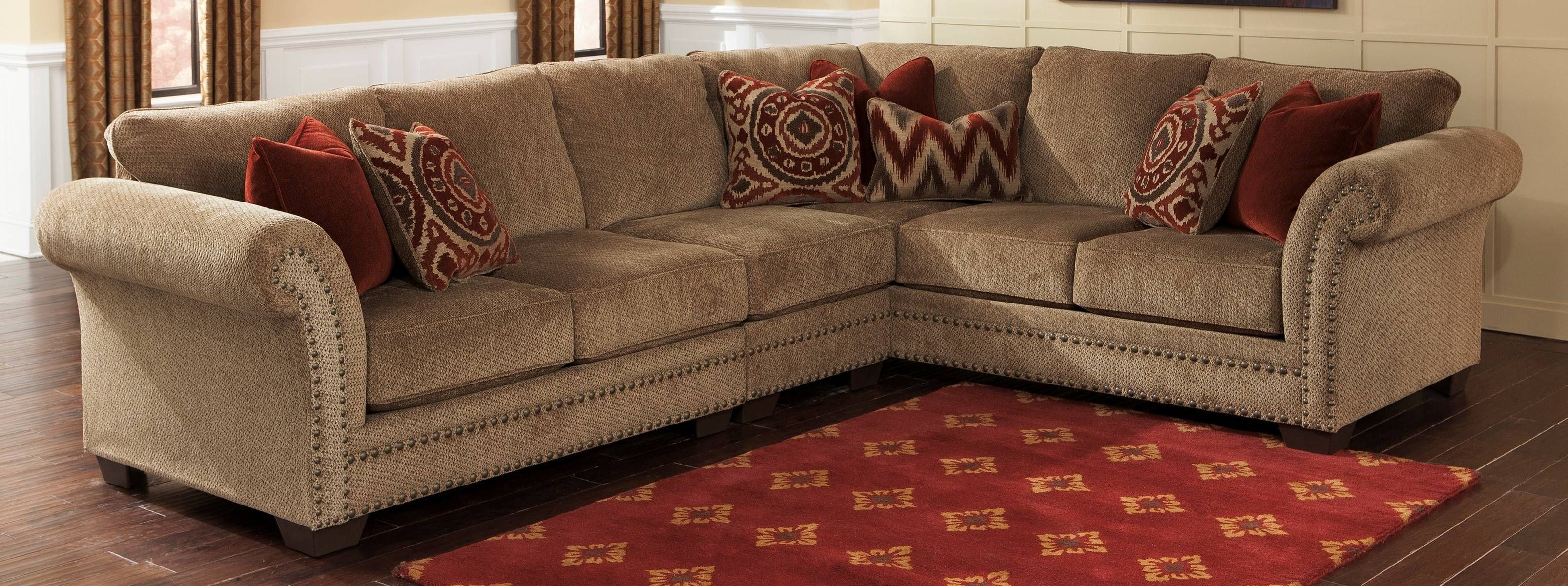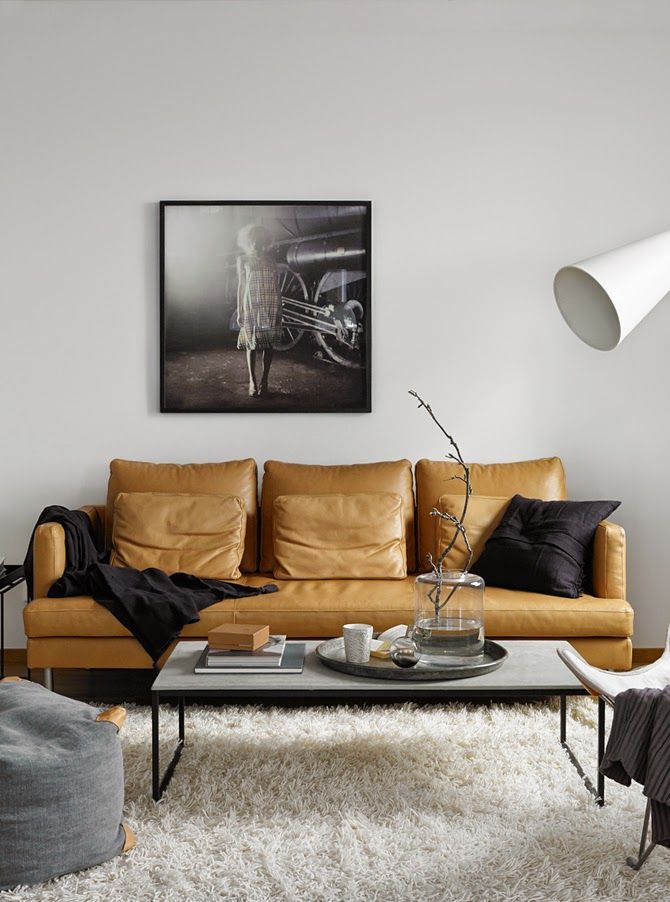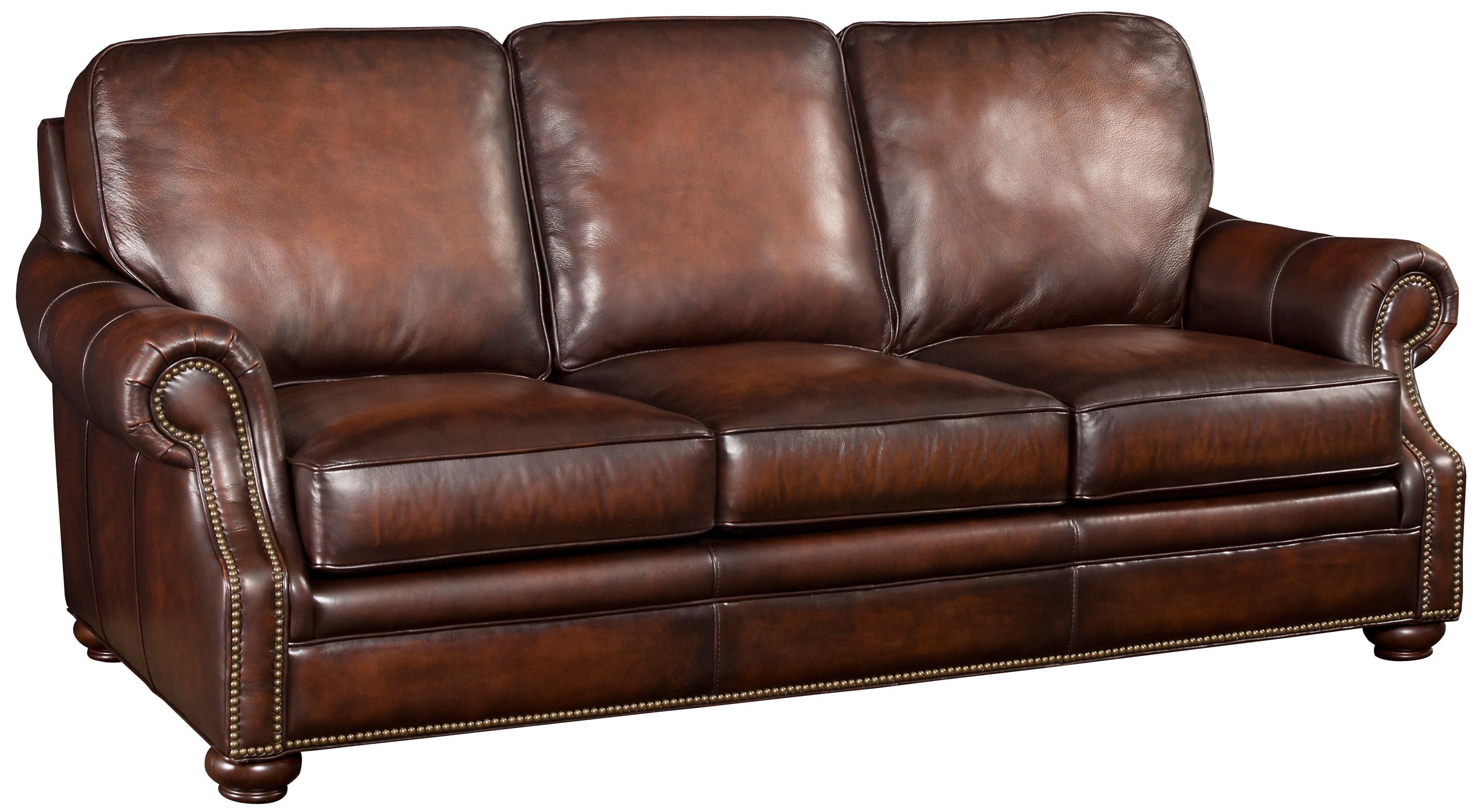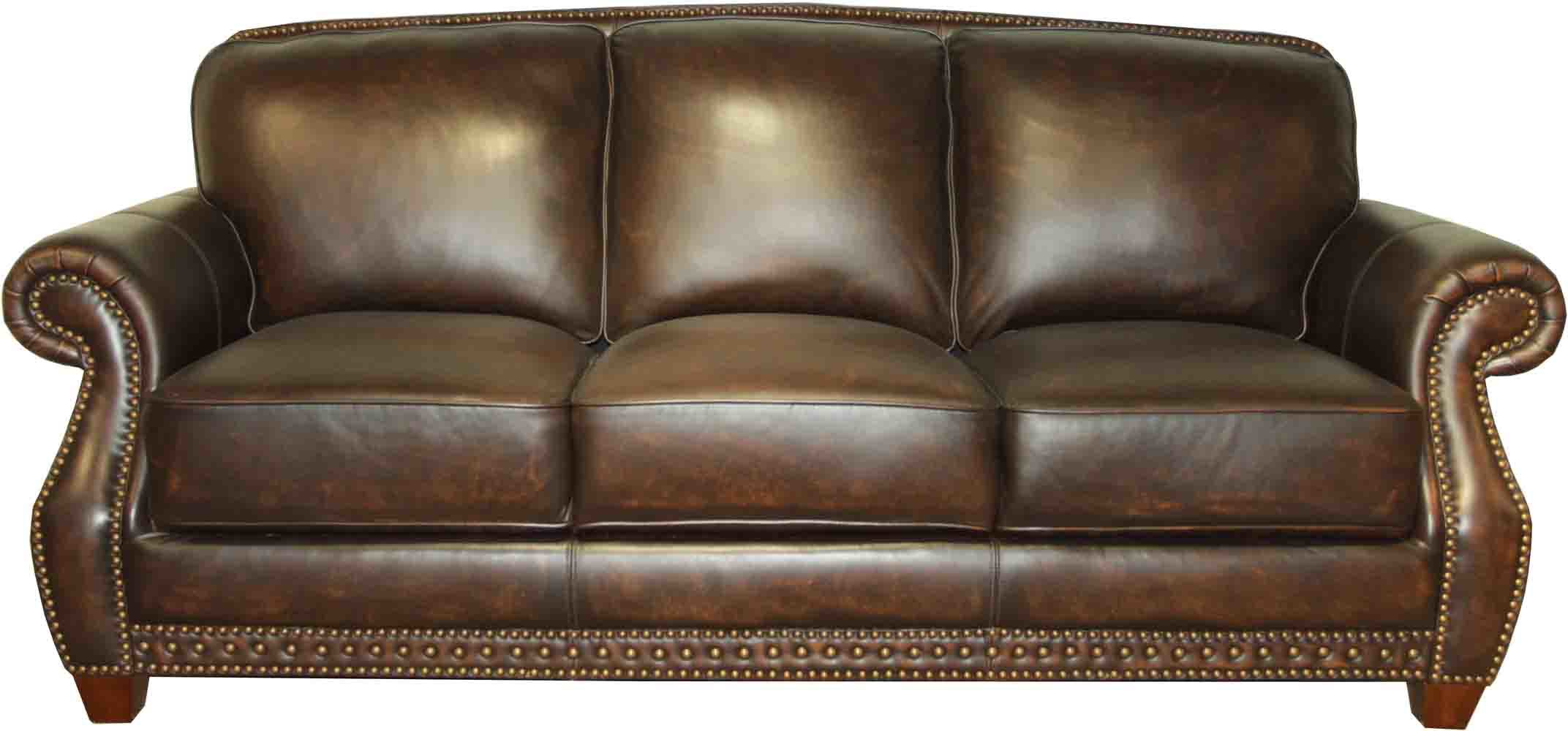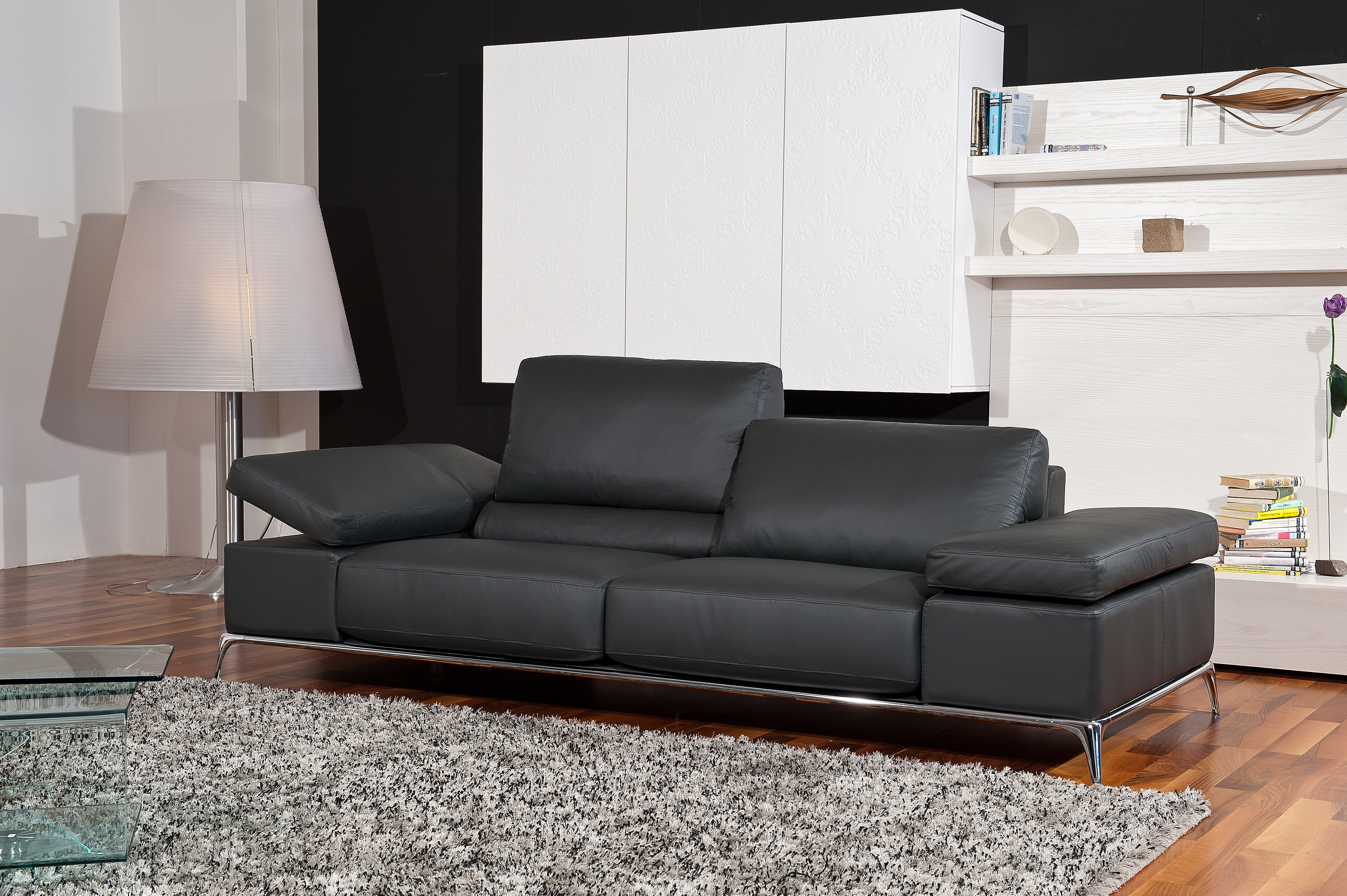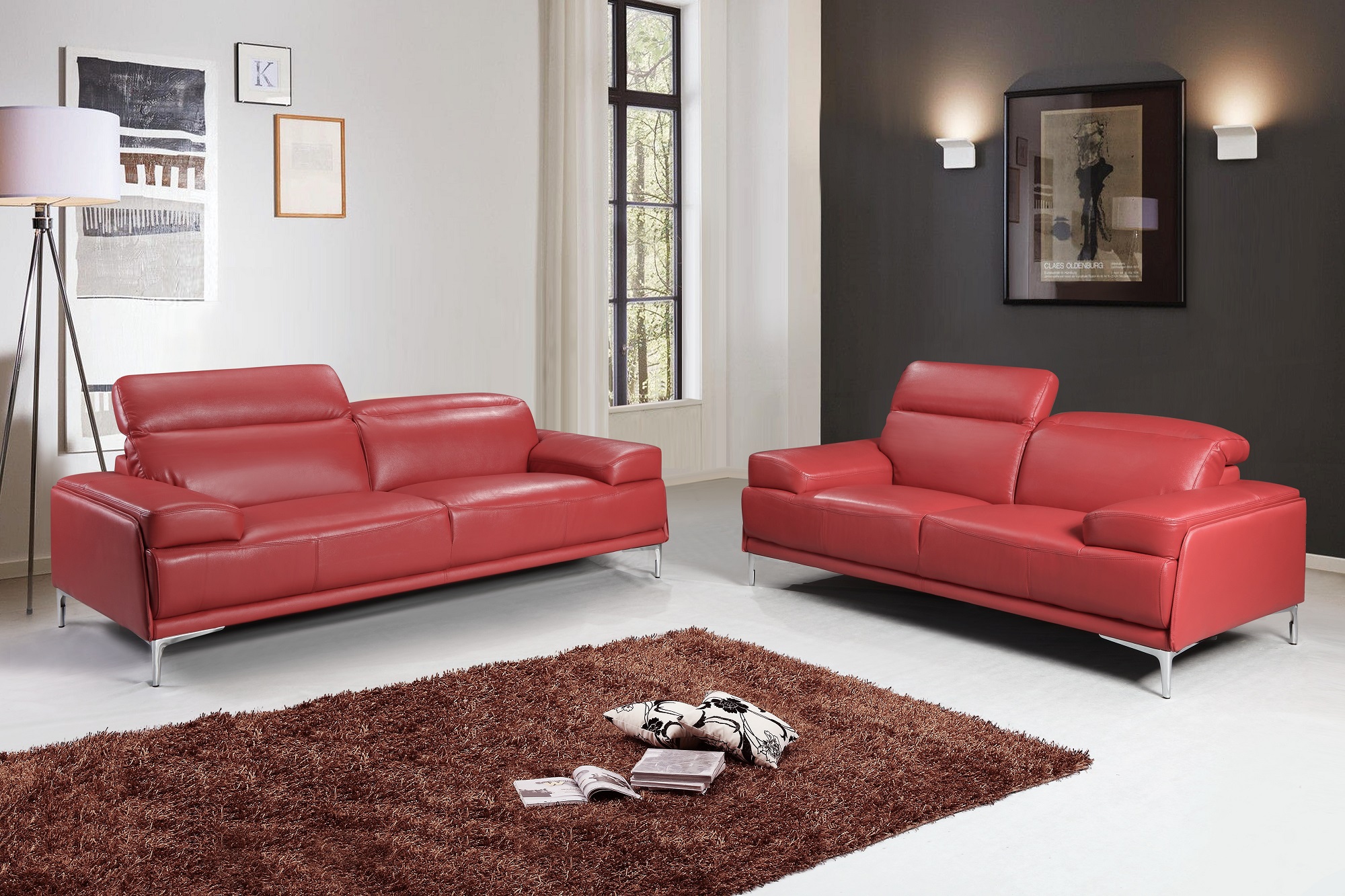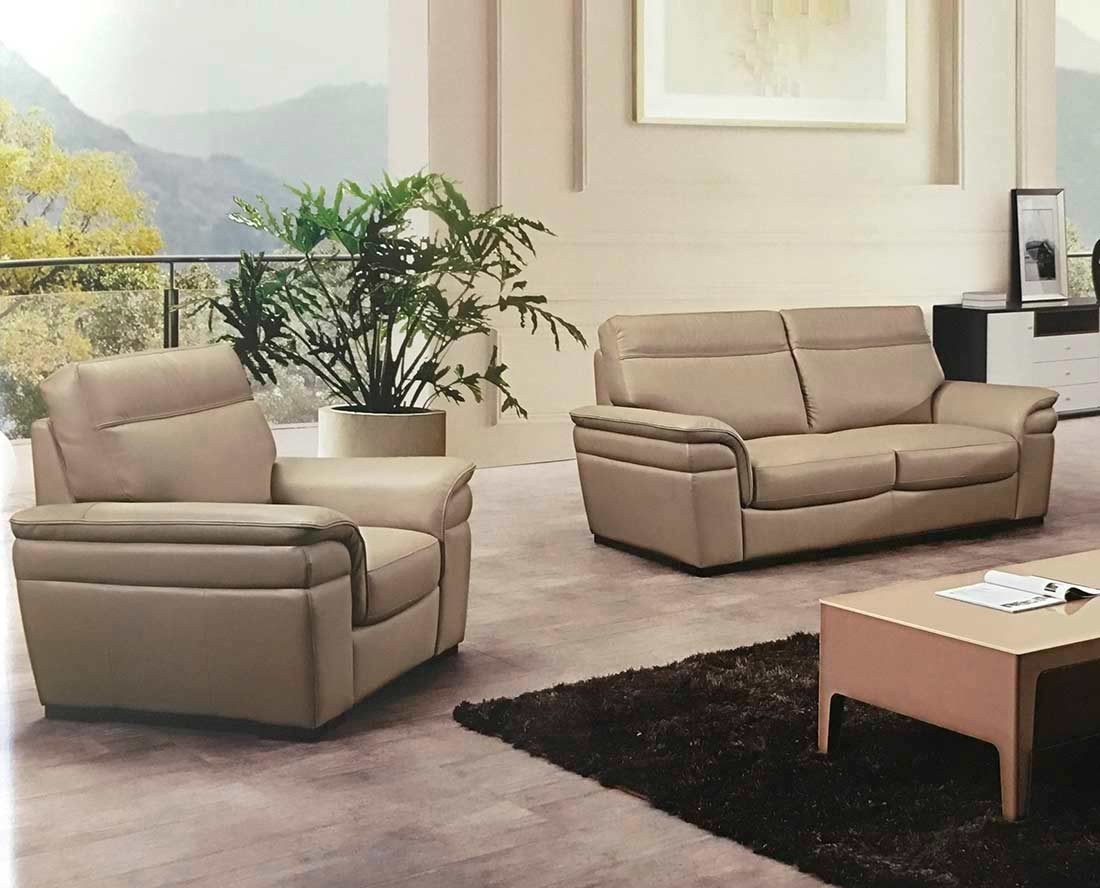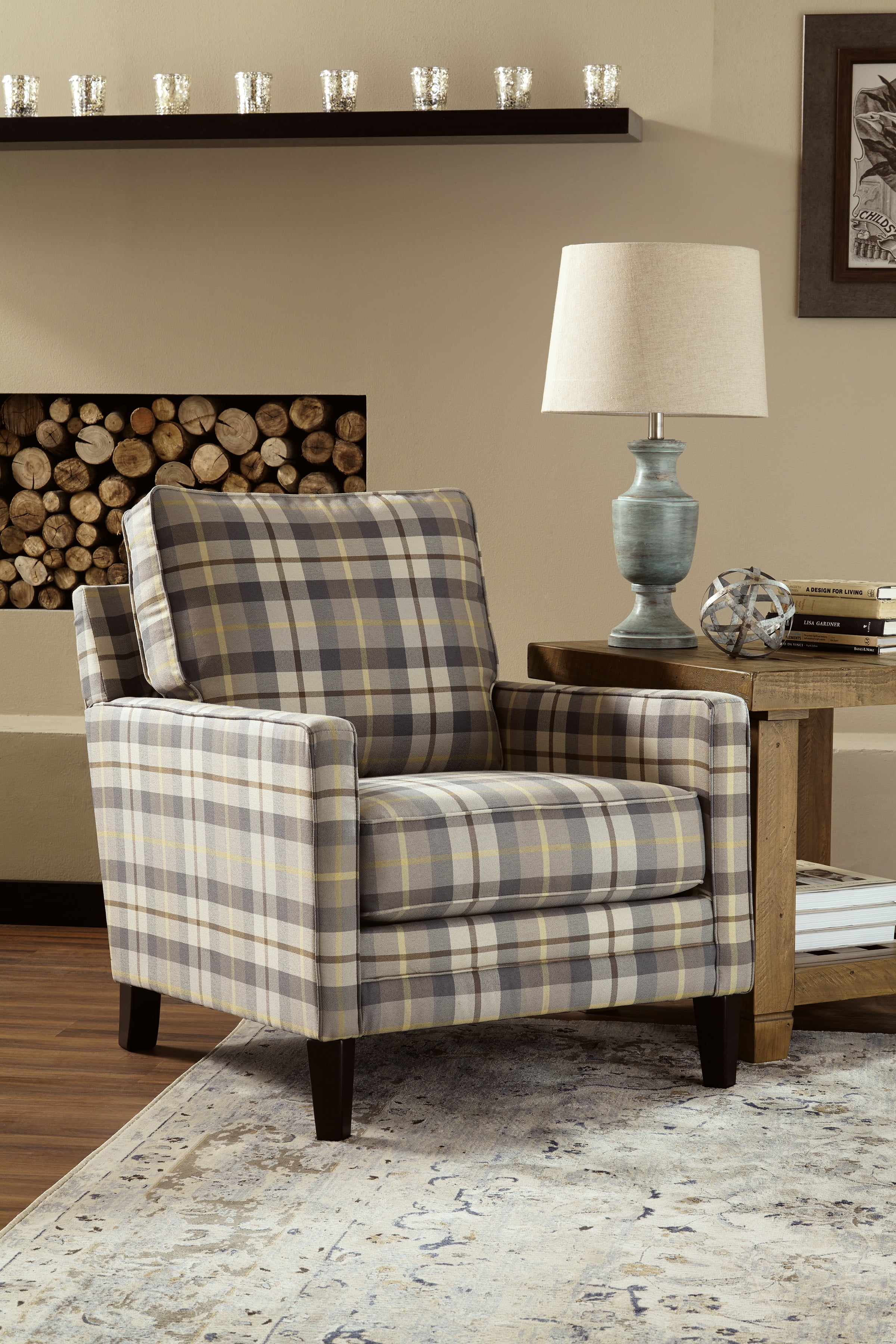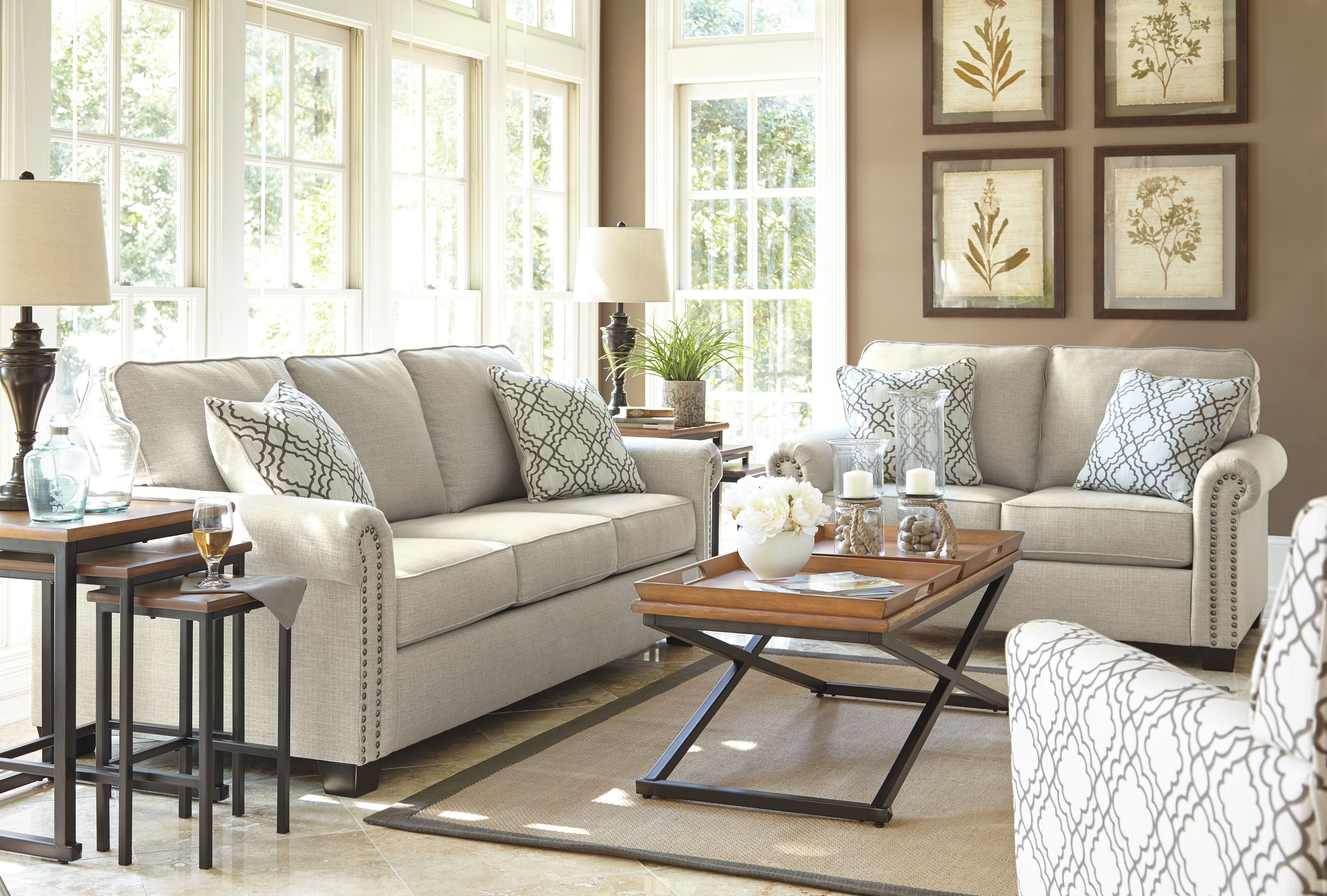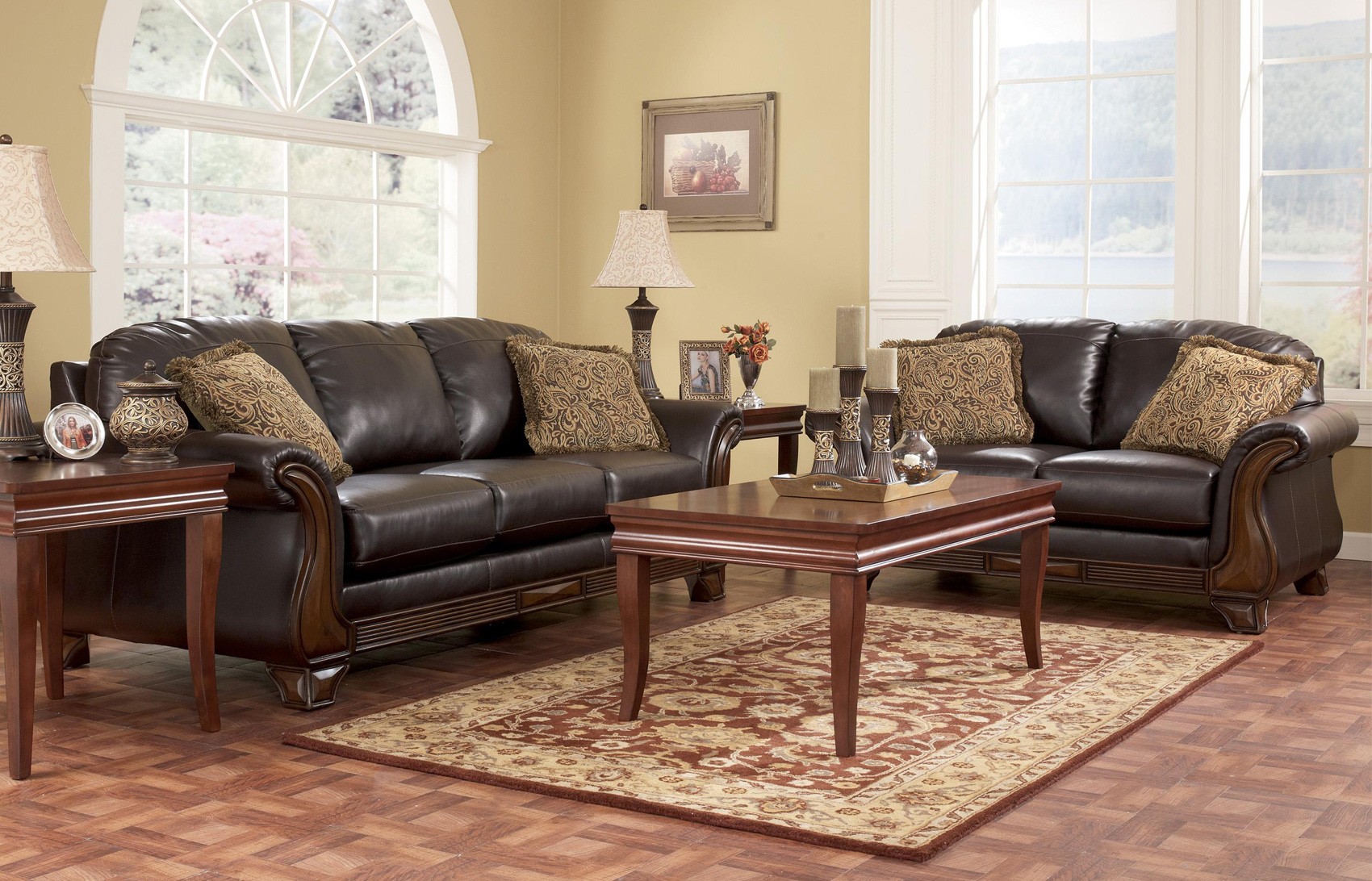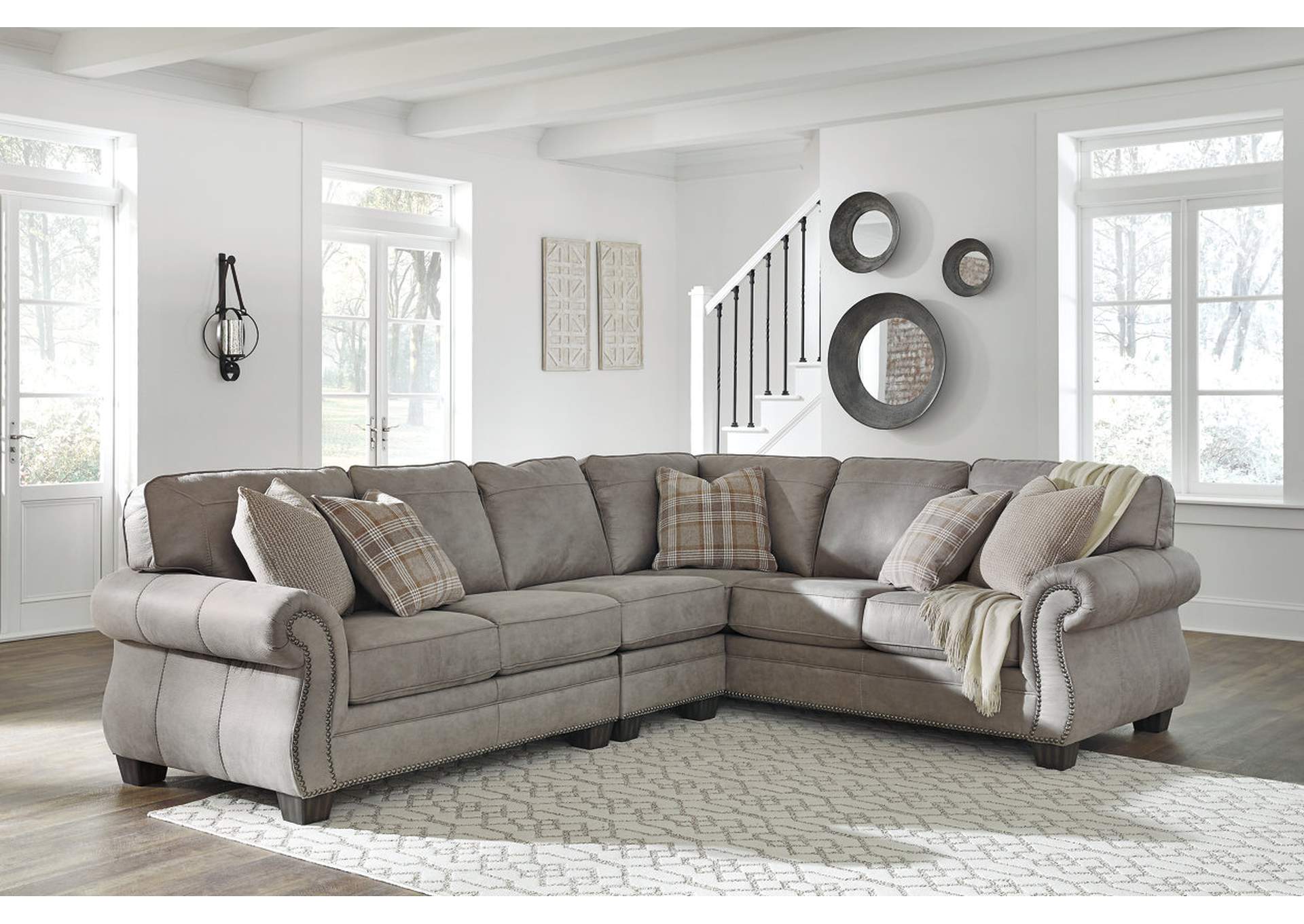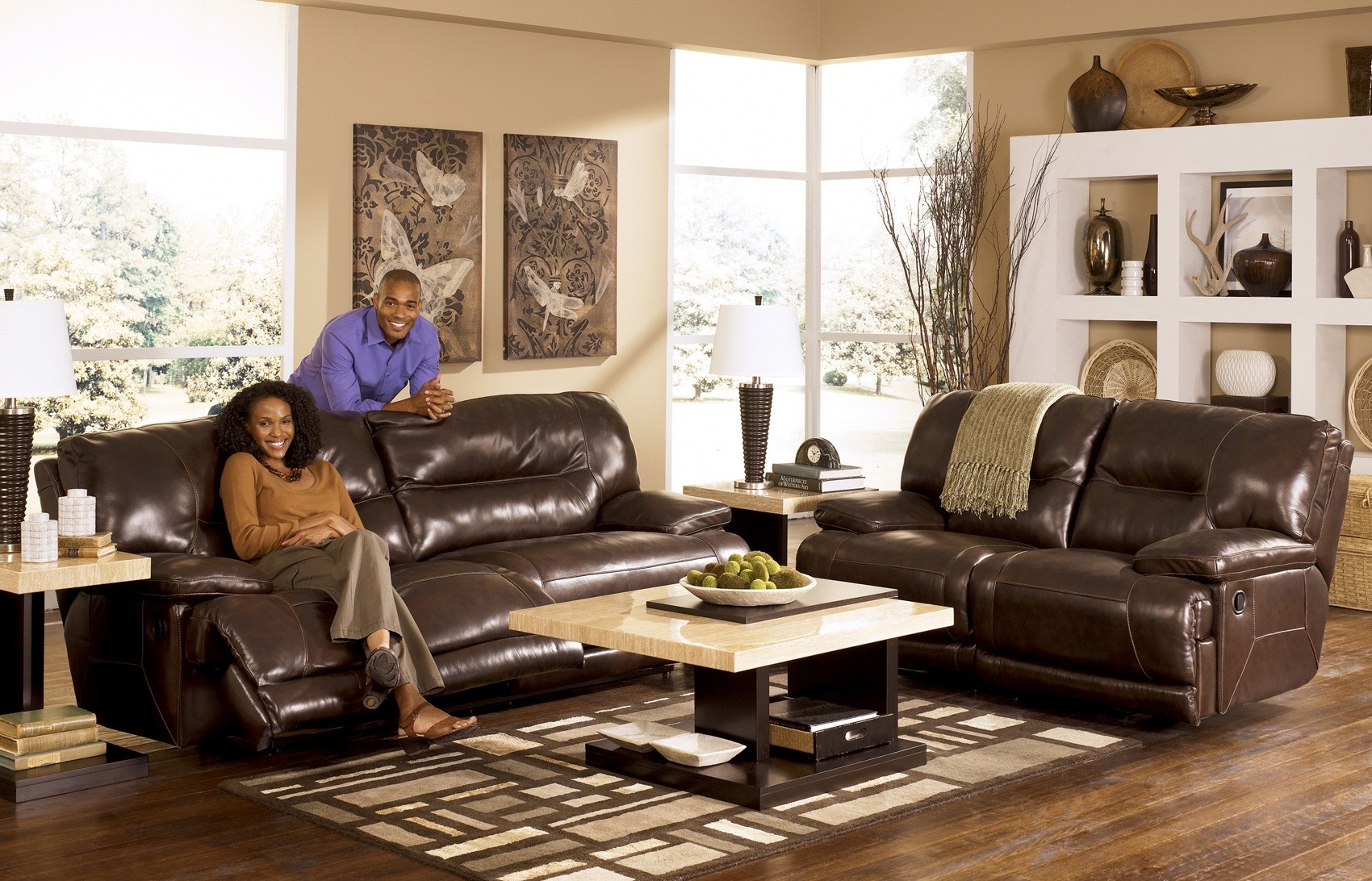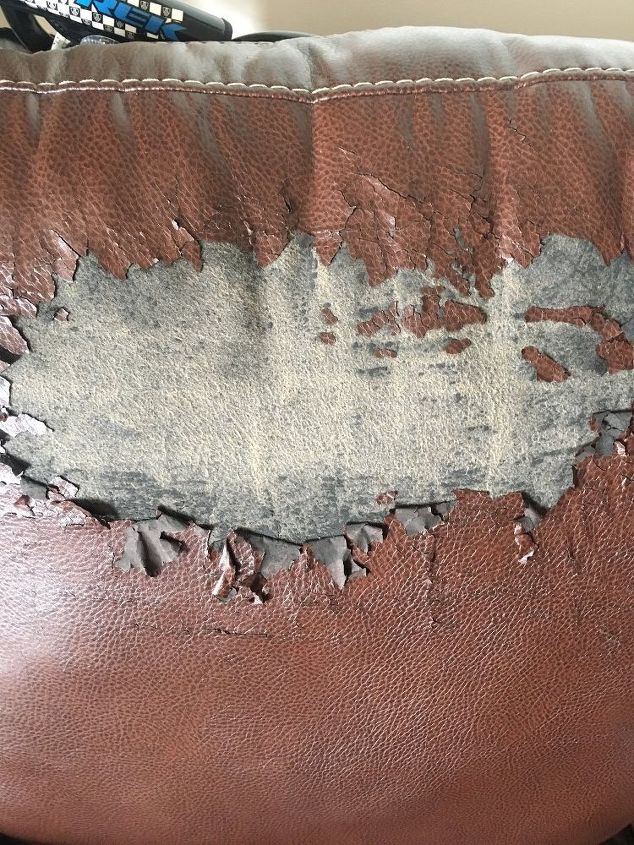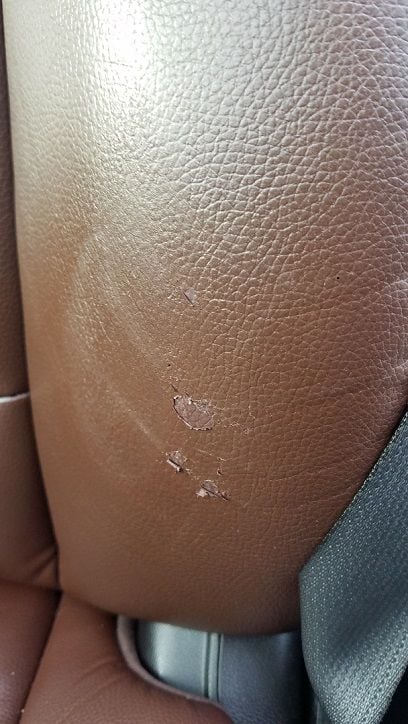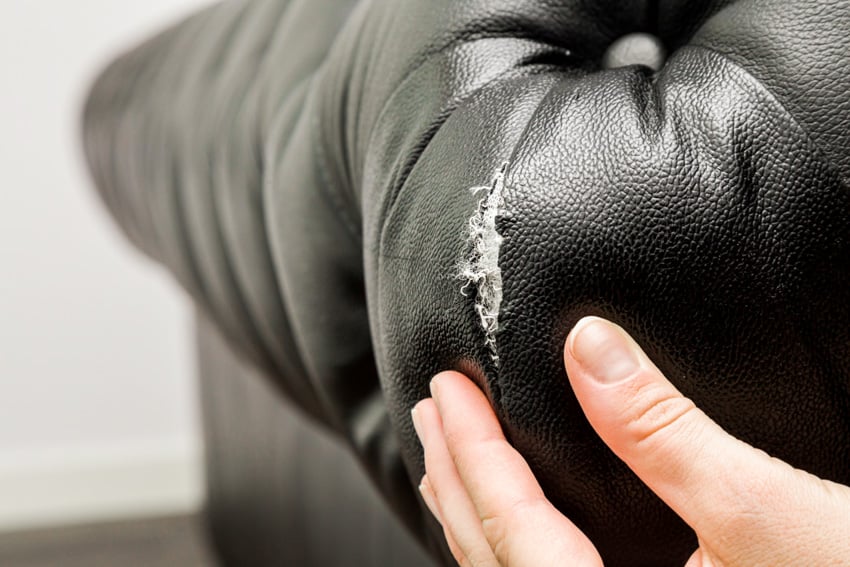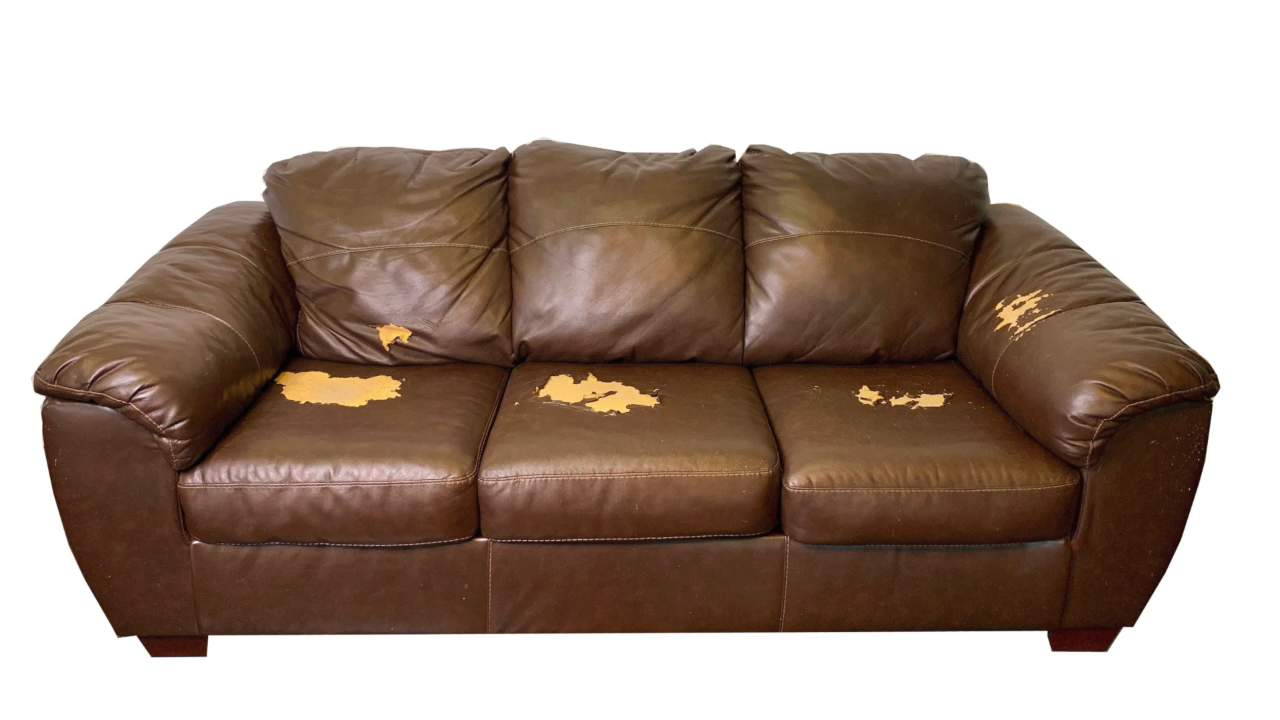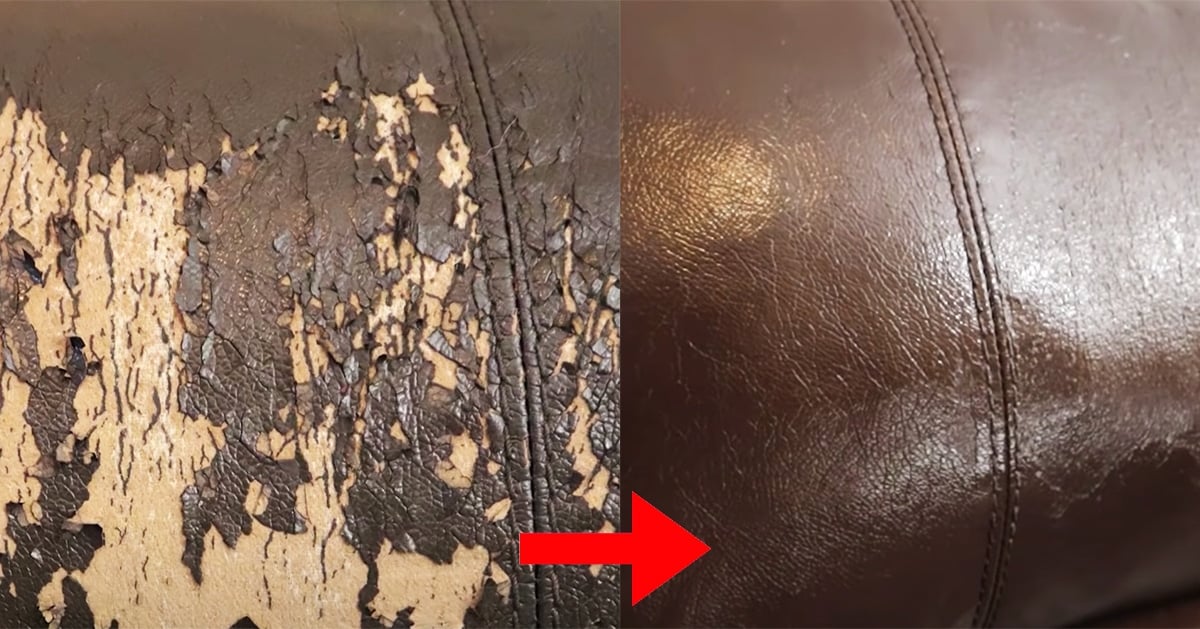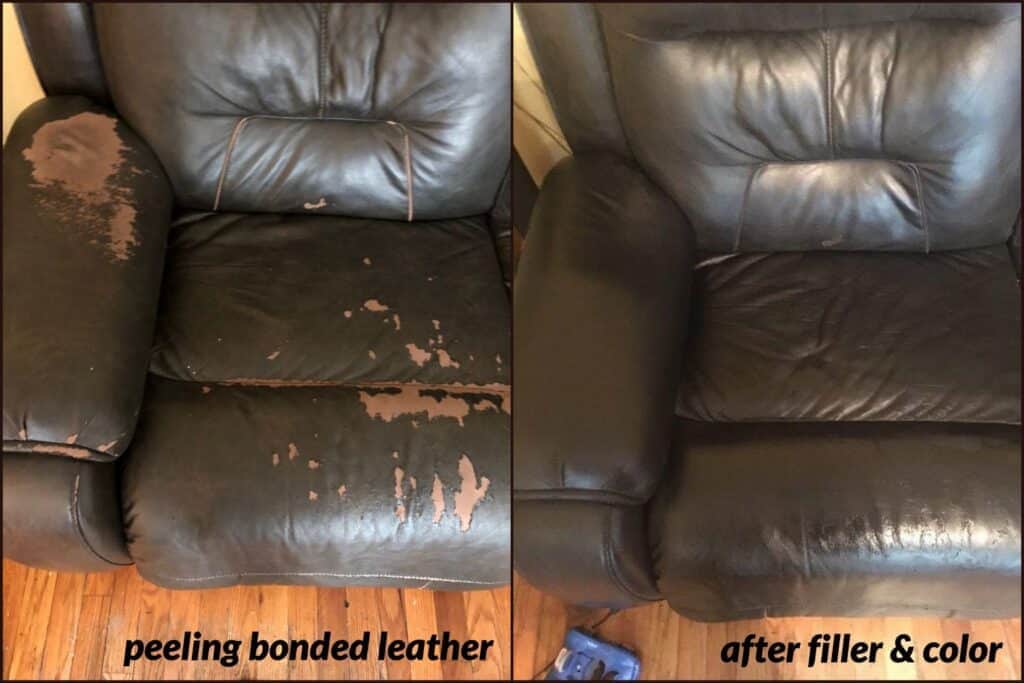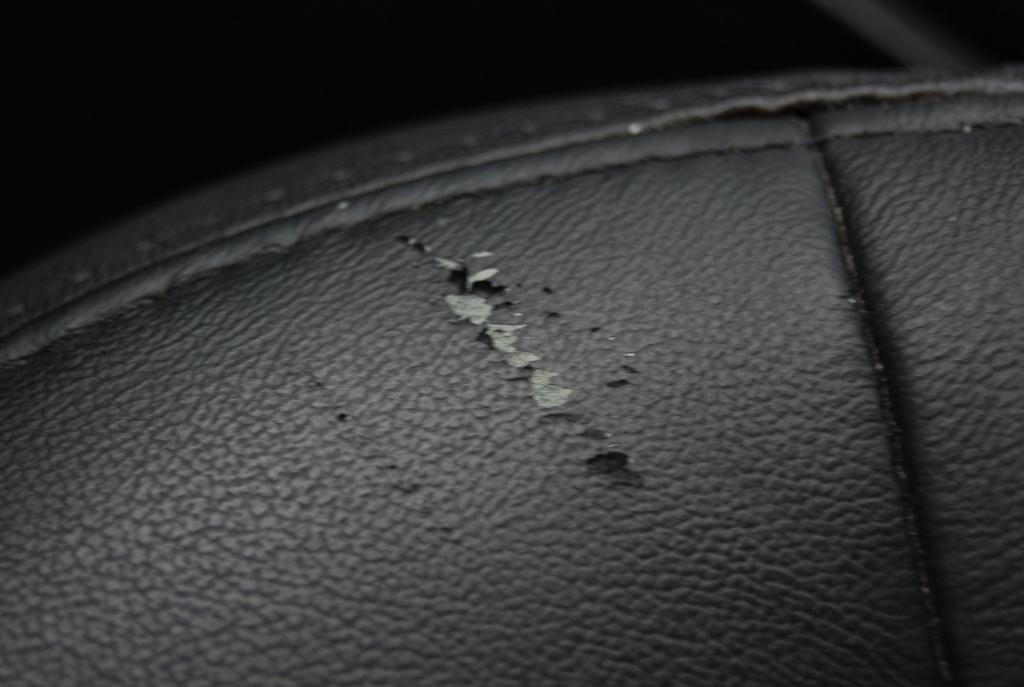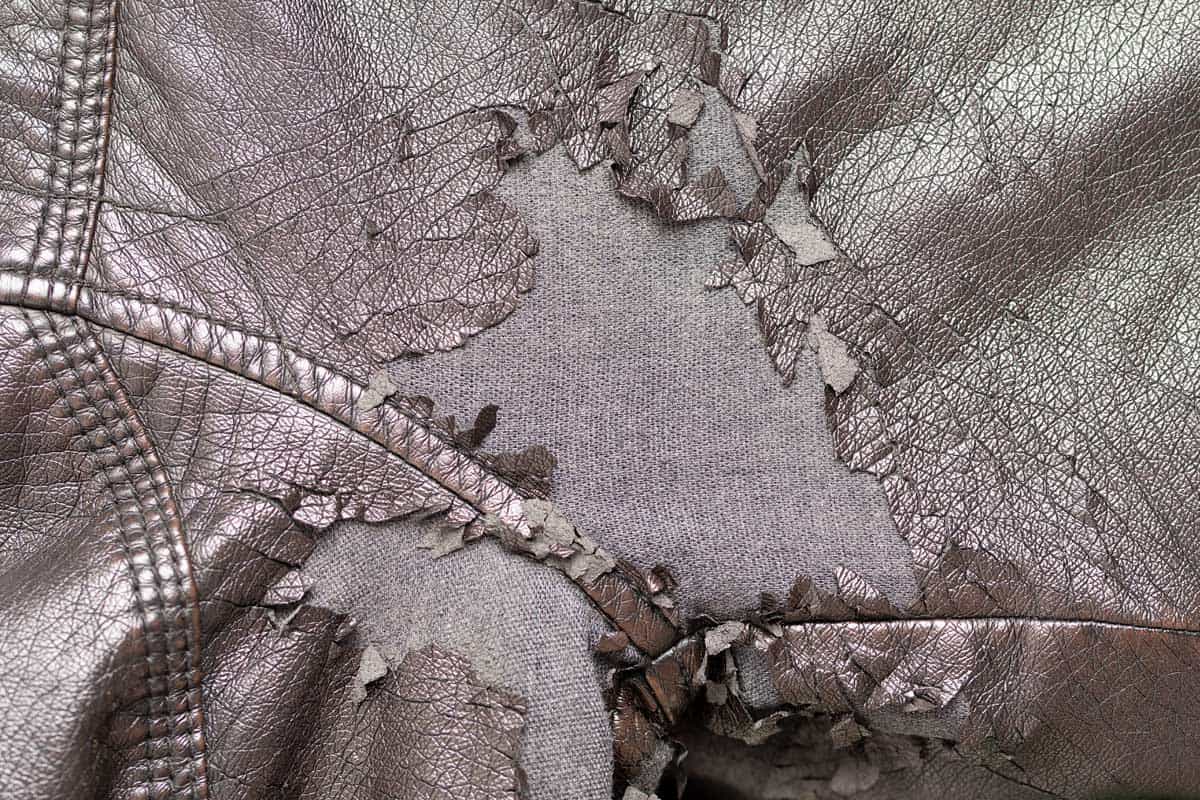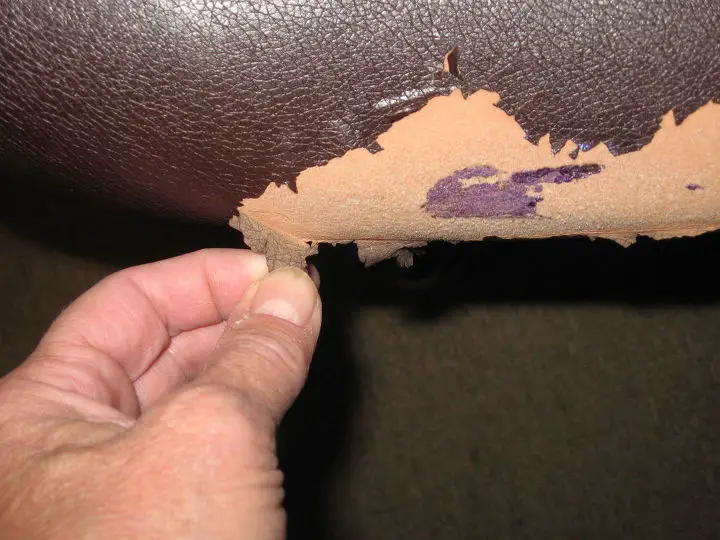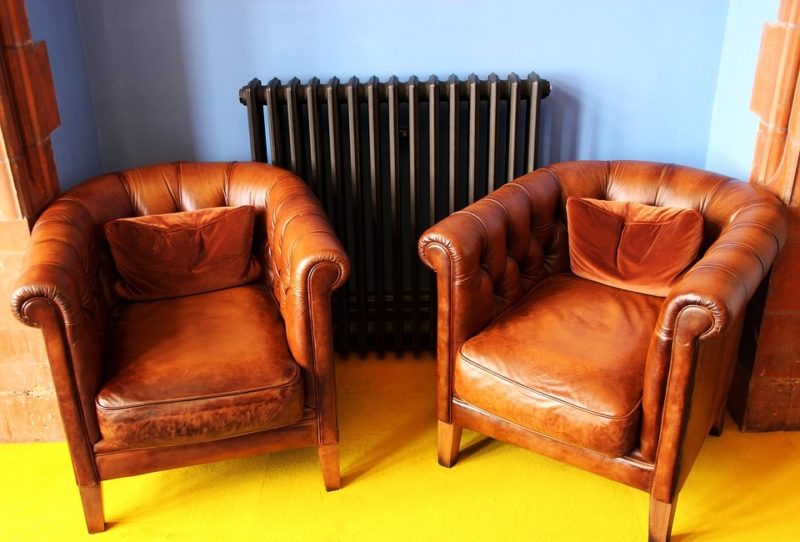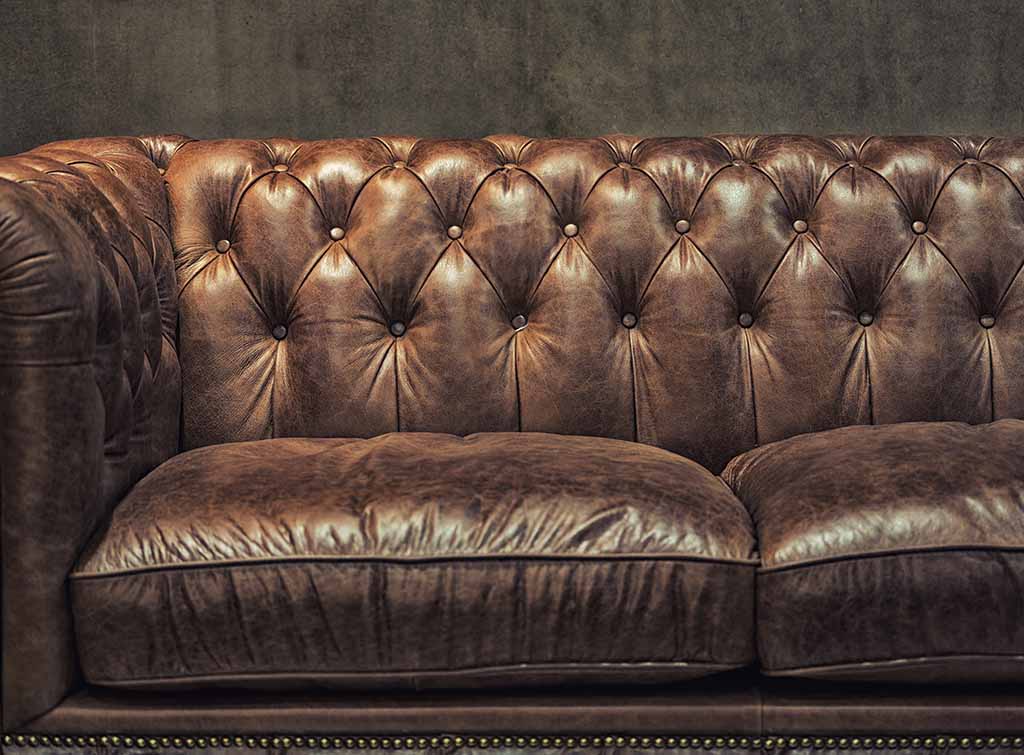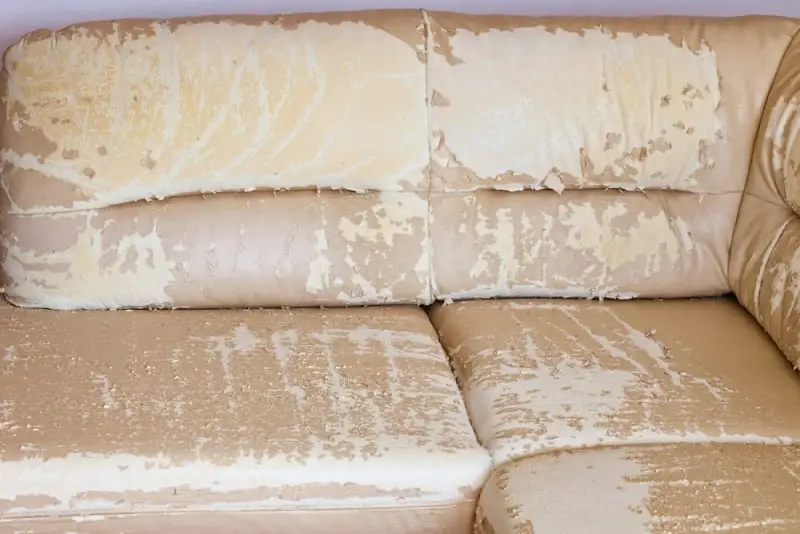If you own an Ashley Furniture leather sofa, you may have noticed a frustrating and unsightly issue: peeling. This problem has become increasingly common among Ashley Furniture owners, leading many to wonder what is causing it and how to fix it. In this article, we will explore the top 10 causes of Ashley Furniture leather sofa peeling and offer solutions to help you restore your sofa to its former glory. Ashley Furniture Leather Sofa Peeling: A Common Problem for Ashley Furniture Owners
One of the main reasons for Ashley Furniture leather sofa peeling is the use of poor quality leather. Many Ashley Furniture sofas are made with bonded leather, which is a mix of leather scraps and polyurethane. This type of leather is prone to peeling and cracking over time, especially with regular use. If your sofa is made with bonded leather, it may be time to consider investing in a higher quality option. 1. Poor Quality Leather
Another common cause of leather sofa peeling is the use of harsh cleaning products. Many people make the mistake of using strong chemicals or abrasive scrubbing tools to clean their sofa, which can strip the leather of its protective coating and cause it to peel. It is important to use gentle, leather-specific cleaning products to maintain the integrity of your sofa's leather. 2. Harsh Cleaning Products
The sun's UV rays can also cause damage to your leather sofa, leading to peeling and discoloration. If your sofa is placed in direct sunlight, consider moving it to a shadier spot or using curtains to block out the sun's rays. You can also use a leather conditioner with UV protection to help prevent damage from the sun. 3. Sun Exposure
As much as we love our furry friends, they can also contribute to leather sofa peeling. Pets' claws can scratch and puncture the leather, causing it to peel over time. If you have pets, consider keeping them off the sofa or investing in a protective cover to prevent damage. 4. Pets
Like any piece of furniture, your leather sofa will naturally experience some wear and tear over time. This can include sitting and lying on the sofa, which can cause the leather to stretch and eventually peel. While this is unavoidable, you can help prolong the life of your sofa by rotating cushions and using a leather conditioner regularly. 5. Normal Wear and Tear
If you live in a dry climate, the lack of moisture in the air can also contribute to leather sofa peeling. Leather needs to remain hydrated to maintain its elasticity and prevent cracking. Consider using a humidifier in your home or using a leather moisturizer to keep your sofa in good condition. 6. Dry Climate
If you are storing your leather sofa, it is important to do so properly to prevent peeling. Storing it in a damp or humid environment can cause the leather to absorb moisture, leading to peeling and mold growth. It is also important to avoid placing heavy objects on top of the sofa, as this can cause the leather to stretch and peel. 7. Improper Storage
Certain chemical reactions can also cause leather sofa peeling. For example, if you spill a cleaning product or a drink on the sofa, it can react with the leather and cause it to peel. It is important to clean up spills immediately to prevent this type of damage. 8. Chemical Reactions
Over time, all leather furniture will inevitably show signs of aging. This can include cracking, peeling, and discoloration. While you cannot completely prevent this, you can slow down the aging process by using a leather conditioner regularly and taking good care of your sofa. 9. Age
The Importance of Quality Leather Sofas in House Design

Why a Leather Sofa is a Must-Have for Your Home
 When it comes to designing your home, furniture plays a crucial role in creating the perfect ambiance and overall aesthetic. One piece of furniture that stands out in any living room is the sofa, and
ashley furniture leather sofas
have been a popular choice for many homeowners. Not only do they provide comfortable seating, but they also add a touch of elegance and sophistication to any room. However, with constant use,
leather sofas
can start to show signs of wear and tear, such as peeling. This can be a frustrating and unsightly issue, but there are ways to prevent it and maintain the quality of your leather sofa.
When it comes to designing your home, furniture plays a crucial role in creating the perfect ambiance and overall aesthetic. One piece of furniture that stands out in any living room is the sofa, and
ashley furniture leather sofas
have been a popular choice for many homeowners. Not only do they provide comfortable seating, but they also add a touch of elegance and sophistication to any room. However, with constant use,
leather sofas
can start to show signs of wear and tear, such as peeling. This can be a frustrating and unsightly issue, but there are ways to prevent it and maintain the quality of your leather sofa.
The Importance of Investing in Quality Leather Sofas
How to Prevent Peeling of Leather Sofas
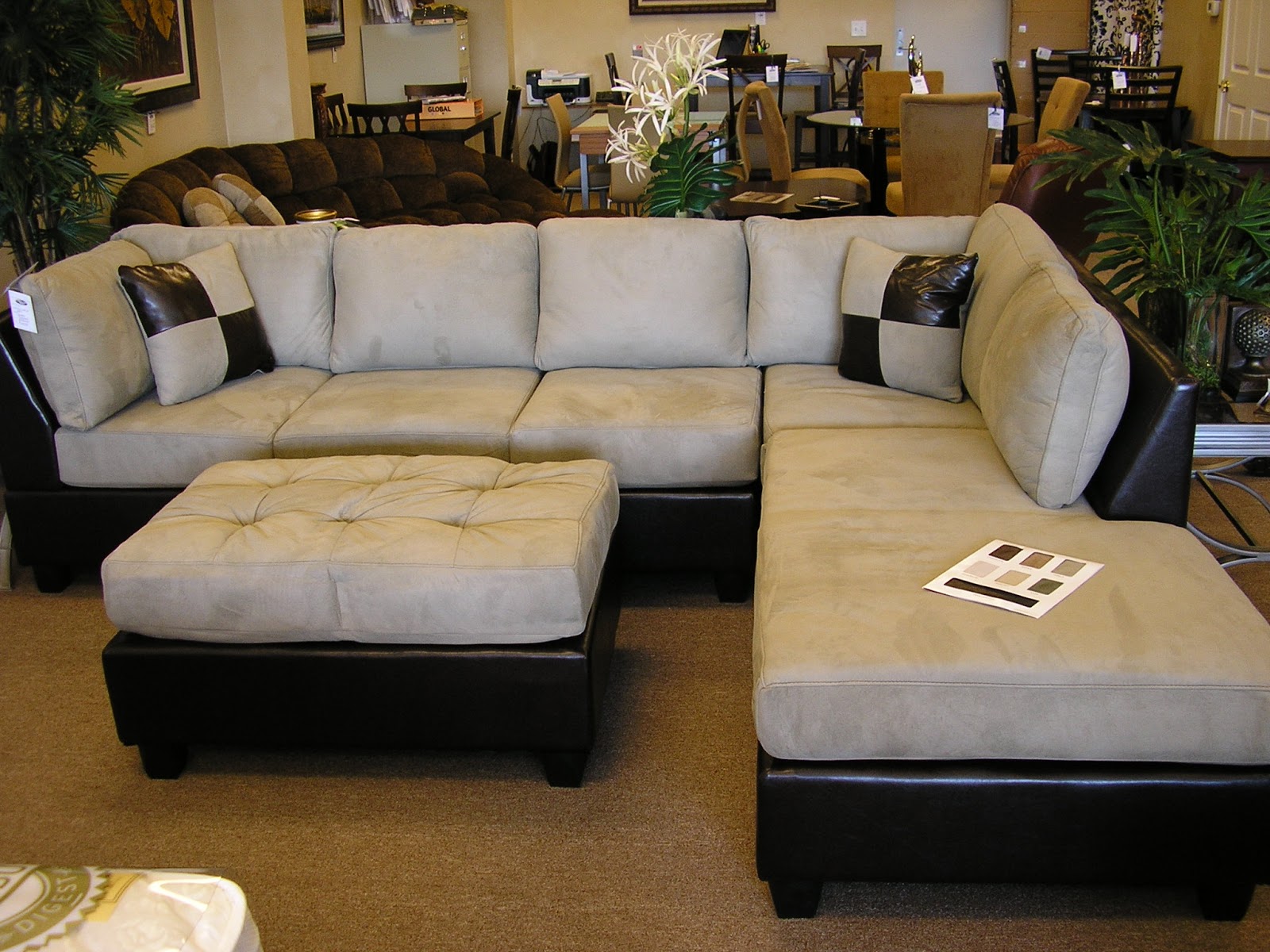 To maintain the quality of your
ashley furniture leather sofa
and prevent peeling, it is important to take proper care of it. Regularly cleaning and conditioning your leather sofa will help keep it moisturized and prevent it from drying out and peeling. It is also essential to keep your sofa away from direct sunlight and heat sources, as these can cause the leather to crack and peel. Additionally, using a leather protector spray can help prevent stains and spills from damaging the leather.
To maintain the quality of your
ashley furniture leather sofa
and prevent peeling, it is important to take proper care of it. Regularly cleaning and conditioning your leather sofa will help keep it moisturized and prevent it from drying out and peeling. It is also essential to keep your sofa away from direct sunlight and heat sources, as these can cause the leather to crack and peel. Additionally, using a leather protector spray can help prevent stains and spills from damaging the leather.
The Timeless Elegance of Leather Sofas
 Despite the potential issue of peeling,
leather sofas
remain a timeless and classic piece of furniture in any home. With proper care and maintenance, they can last for decades and continue to add style and sophistication to your living space. So, if you are looking to upgrade your living room with a
leather sofa
, consider investing in an
ashley furniture
piece that will not only elevate the design of your home but also stand the test of time.
In conclusion, a
leather sofa
is a must-have for any homeowner looking to add a touch of elegance and luxury to their home. By investing in a quality leather sofa and taking proper care of it, you can prevent peeling and enjoy the timeless beauty and comfort it brings to your living space. So, make sure to choose
ashley furniture leather sofas
for your home and enjoy the best of both style and durability.
Despite the potential issue of peeling,
leather sofas
remain a timeless and classic piece of furniture in any home. With proper care and maintenance, they can last for decades and continue to add style and sophistication to your living space. So, if you are looking to upgrade your living room with a
leather sofa
, consider investing in an
ashley furniture
piece that will not only elevate the design of your home but also stand the test of time.
In conclusion, a
leather sofa
is a must-have for any homeowner looking to add a touch of elegance and luxury to their home. By investing in a quality leather sofa and taking proper care of it, you can prevent peeling and enjoy the timeless beauty and comfort it brings to your living space. So, make sure to choose
ashley furniture leather sofas
for your home and enjoy the best of both style and durability.
